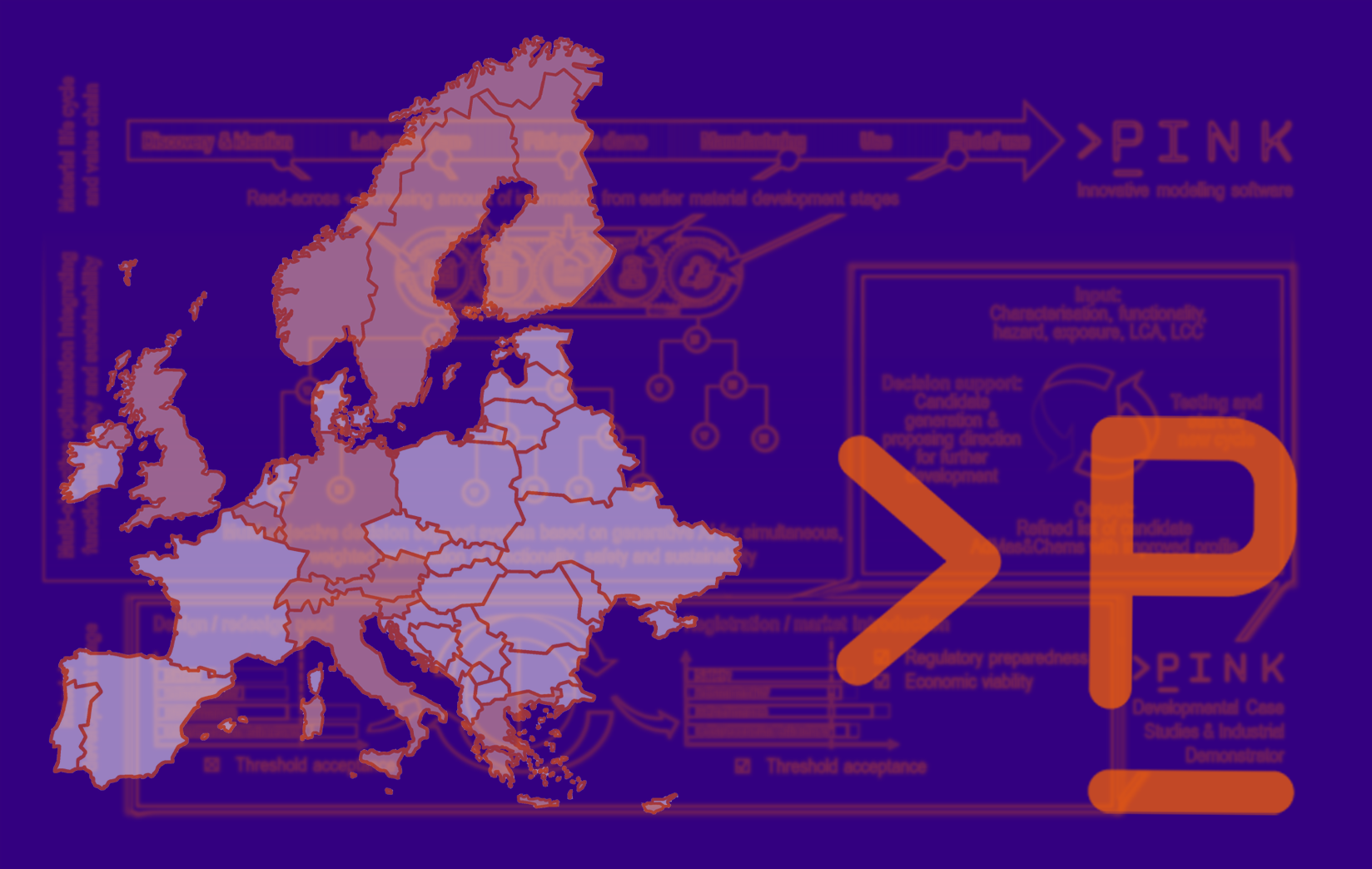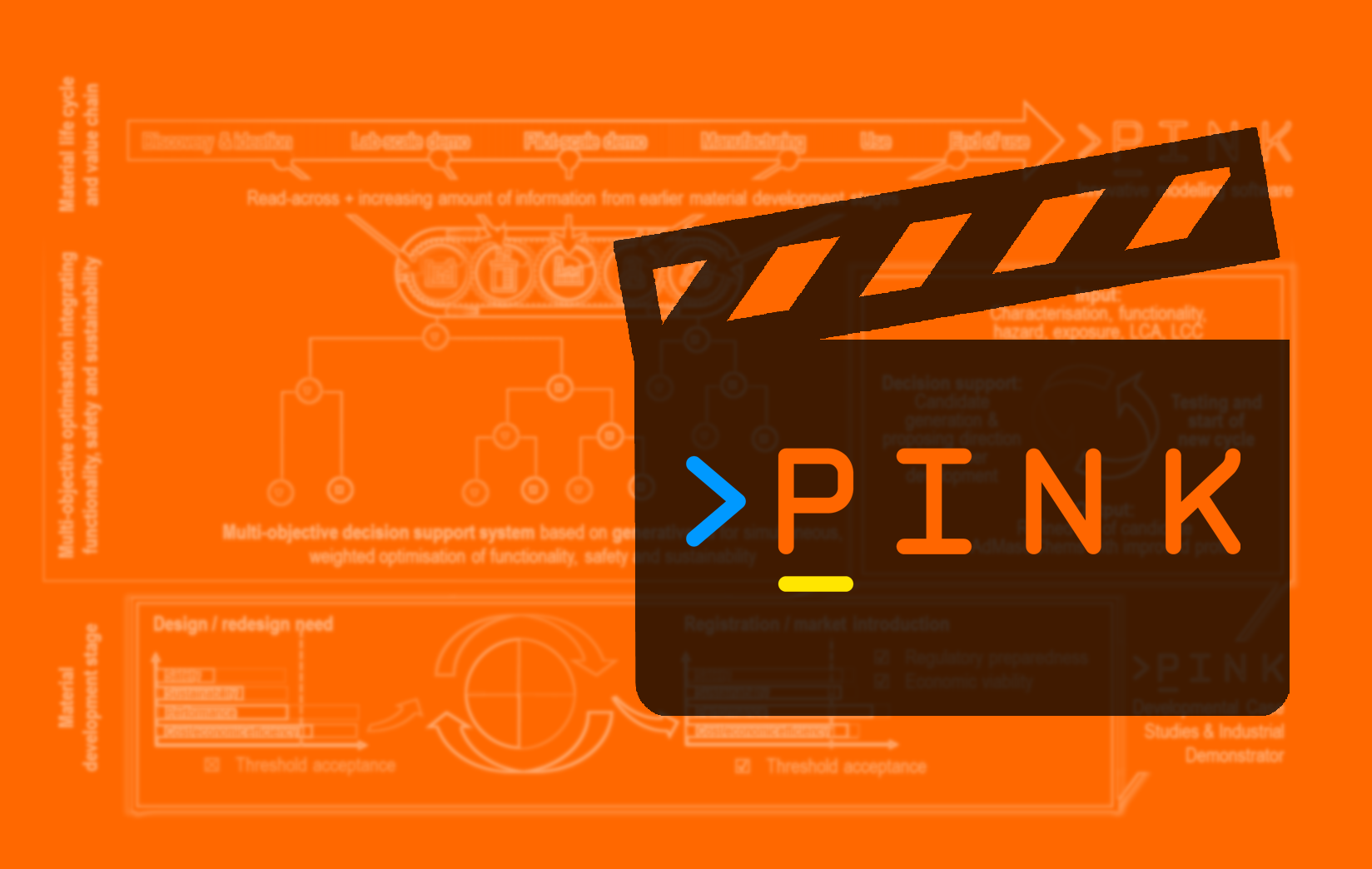Scientists from the PINK project partners Paris Lodron University Salzburg (PLUS), SevenPastNine d.o.o. and GmbH (7P9-SI and -DE), University of Birmingham (UoB),and AcumenIST SRL (AIST) have co-authored a paper entitled ‘Instance maps as an organising concept for complex experimental workflows as demonstrated for (nano)material safety research‘ (Punz et al., Beilstein J. Nanotechnol. 2025, 16, 57–77).
The publication explores the concept of instance maps as a method for organising and visualising complex experimental workflows, particularly within the field of nanosafety research. Nanosafety assessment is an interdisciplinary domain that integrates material synthesis and characterisation, exposure science, toxicology, and computational modelling, generating extensive and diverse data. The central challenge addressed in this study is the necessity of a structured approach to managing data provenance, ensuring quality control, and designing experiments in a manner that aligns with the FAIR (Findable, Accessible, Interoperable, and Reusable) data principles.
“When applied to standardised regulatory tests or production scenarios, instance maps can be used to provide completeness checks for studies or production batches, ensuring that all necessary parameters to be recorded are captured in the visual model.”
The primary objective of the paper is to introduce modifications of the instance map concept to further widening their application to documenting material production transformation, and characterisation workflows, structuring data flows, and supporting decision-making processes. Originally conceived as a tool to track transformations in nanomaterials and their experimental conditions, the instance map approach has since evolved into a broader application, encompassing study design, documentation, and coordination of multi-partner research projects. The authors demonstrate the utility of Instance Maps, starting from assessment of nanomaterials transformations in complex media, and documentation of nanomaterial synthesis, functionalisation and characterisation, to description of the culturing of ecotoxicity model organisms Daphnia magna and their use in acute and chronic standardised tests for nanomaterials ecotoxicity assessment, and visualisation of complex workflows in human immunotoxicity assessment using cell lines and primary cellular models. These examples showcase the use of the Instance Map approach for coordination of materials and data flows in complex multi-partner collaborative projects, and to support demonstration case studies.

Part of the instance map for the MACRAMÉ use case on antibiotic-loaded nanoparticles representing the shipping of the pristine material to partners performing the human and ecotoxicity testing. The full instance map is accessible at https://instance-maps.stage.sevenpastnine.com for interactive inspection (username: SupportingInfo and password: maps-for-paper).
(taken from the publication)
“While Instance Maps can be created for completed studies or publications, they are most effective when applied at the study design stage to associate the workflow with the nanomaterials, environmental conditions, method descriptions, protocols, biological and computational models to be used and the data flows arising from study execution.”
Follow this link to read the full publication.
Parts of the research of this work (PLUS, 7P9, UoB and AIST) has been funded by the European Union`s R&I project PINK (grant agreement # 101137809).






